Natural Sciences
CARTA Fellow Anywar Attends 2024 World Science Forum
Published
1 year agoon

Godwin Anywar, cohort 6, Makerere University, attended the 2024 World Science Forum that took place on November 20 – 23, 2024 in Budapest, Hungary. At the forum, he participated in a side event: ‘Trust in Science’, a workshop for early career researchers organized by the Global Young Academy (GYA) and the InterAcademy Partnership (IAP).
On November 26 – 28, 2024, he attended the twentieth annual meeting of the African Science Academies (AMASA 2024) and the General Assembly of the Network of African Academies of Sciences (NASAC), in Algiers, Algeria. He presented on ‘Promoting Science Diplomacy for Sustainable Development in Africa’ as one the co-leads of the Science Diplomacy in Africa working group of the Global Young Academy’.
Godwin also participated in the Uganda Text Book Academic and Non-Fiction Authors Association (UTANA)- hybrid symposium on authorship capacity where he moderated a panel session on Artificial Intelligence (AI) and academic authorship. With the theme ‘Capacity building for academic and nonfiction authorship for Africa’s Transformation’ the symposium took place from November 14 -15, 2024 in Kampala, Uganda.
Additionally, he attended and moderated a session on the regulation and registration of herbal medicinal products (HMP) in African countries. Organized by the Society for Medicinal Plants and Natural Products Research (GA) in collaboration with PharmaConnect Africa NPC and The Natural Products Research Network for Eastern and Central Africa (NAPRECA), the session was part of an eSeminar series ‘Regulation of Natural Products – a Global Challenge’.
Source: CARTA Newsletter Issue 83
You may like
-
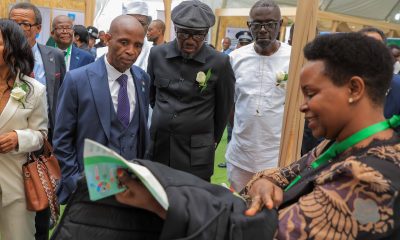

How transformative education is shaping Africa’s next generation of innovators
-
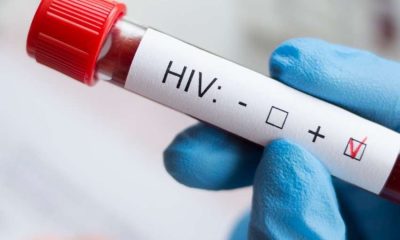

SANTHE PhD and Masters Fellowships
-
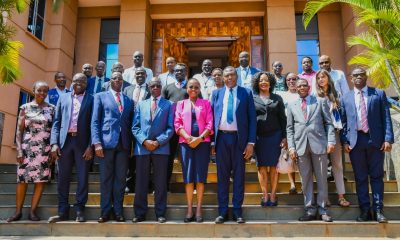

IDI launches the Sewankambo Training Program for Global Health Security in Africa
-
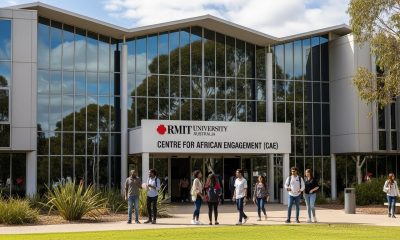

RMIT Centre for African Engagement (CAE) PhD Scholarships
-
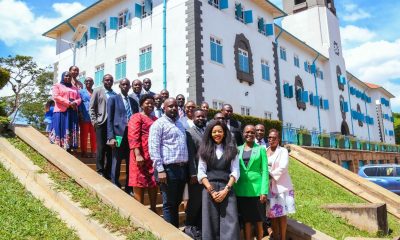

Makerere University Hosts Ambassador Judyth Nsababera for Strategic Dialogue Advancing Uganda–China Engagement
-
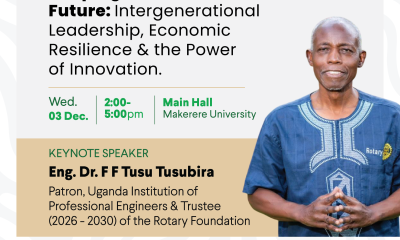

Illuminating Visionary Leadership: Introducing the Keynote Speaker for the 2025 Emmanuel Tumusime Mutebile Annual Public Lecture
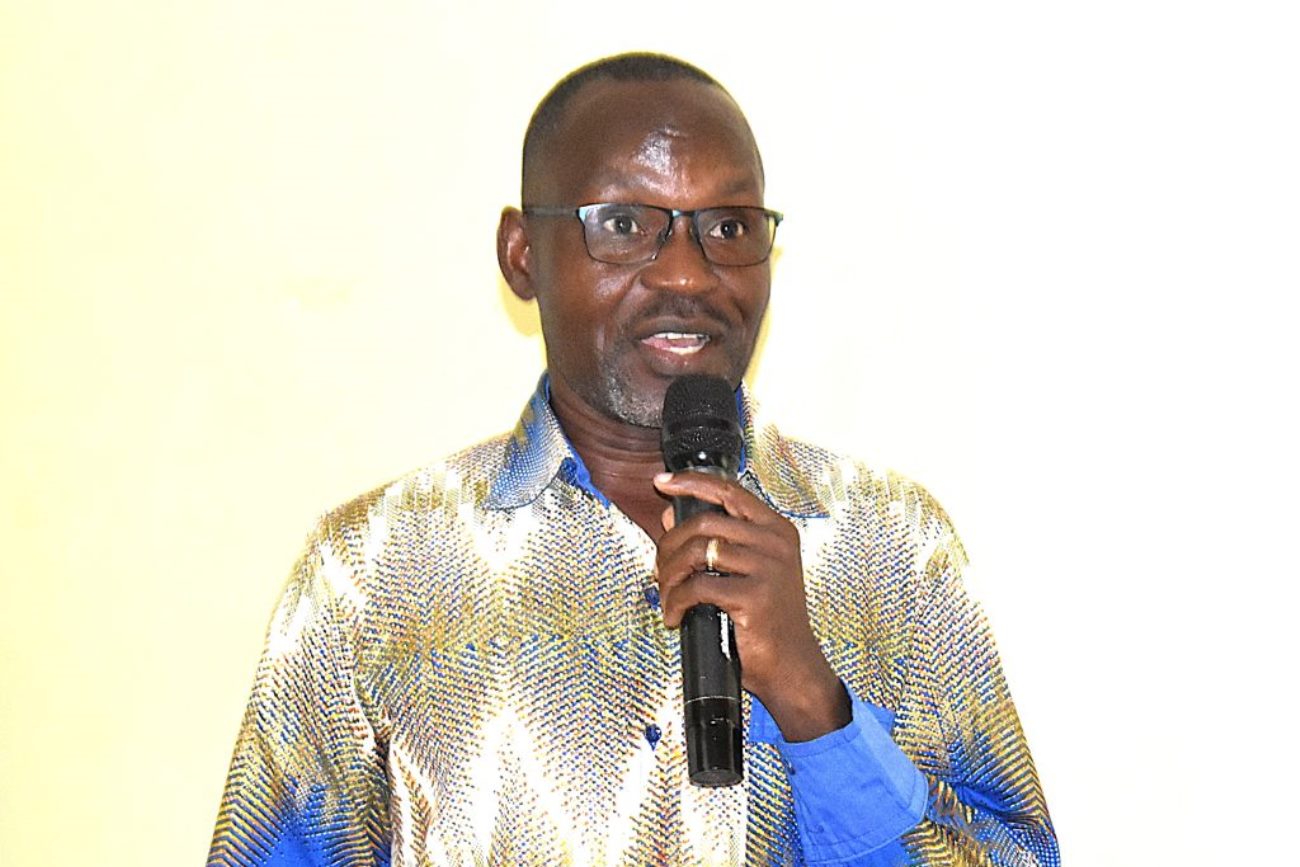
*****The project was officially launched on 28th October 2025, followed by planning meetings on 29th and 30th. It will be implemented at landing sites around Lakes Victoria, Kyoga and Albert.
Following the successful implementation of the NutriFish Project ( 2019-2023), Makerere University has been awarded a new grant worth about UGX2 Billion to expand activities and deepen community impact through the NutriFishPlus Project.
Funded by the International Development Research Centre (IDRC) and the Australian Centre for International Agricultural Research (ACIAR) under the Cultivate Africa’s Future Fund Phase II (CultiAF2), the NutriFishPlus Project seeks to enhance the incomes and livelihoods of fishing communities in Uganda.
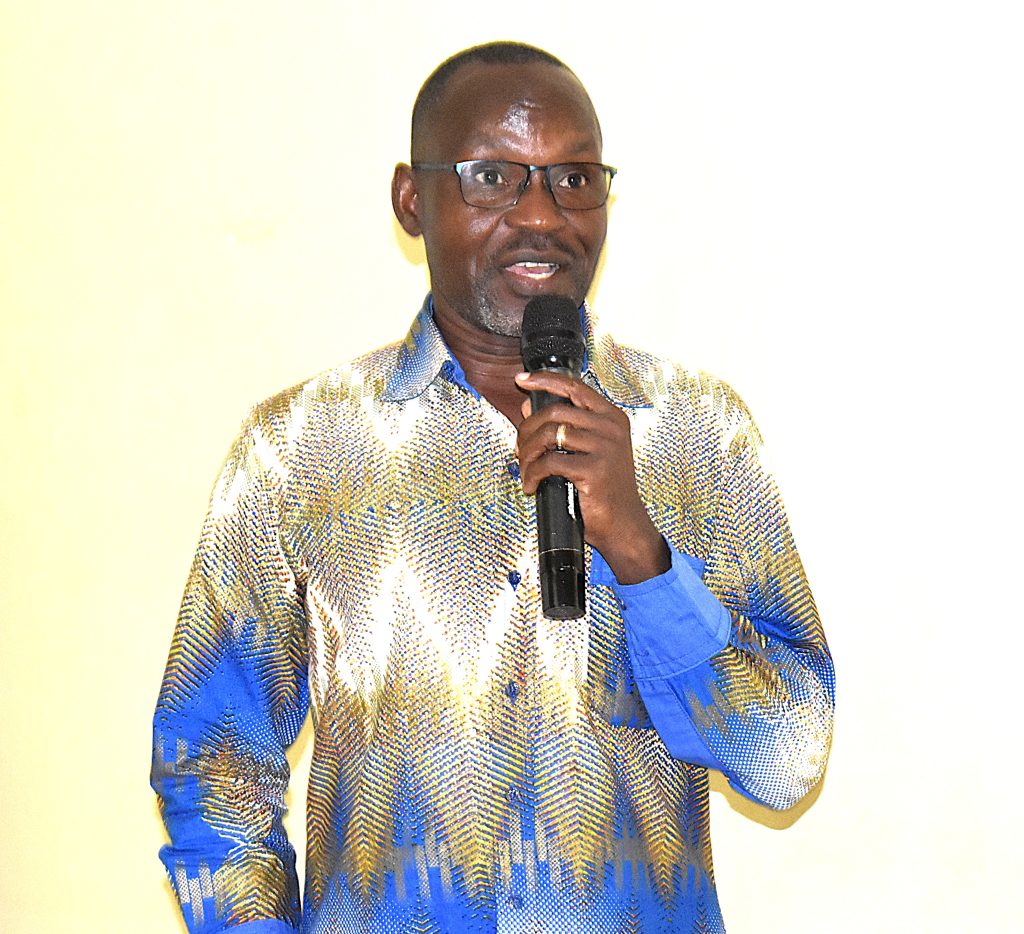
The project was officially launched on 28th October 2025 by the Ag. Deputy Vice Chancellor (Finance and Administration) at Makerere University, Prof. Winston Tumps Ireeta. Building on the achievements of phase one, NutriFishPlus will focus on:
- Scaling up the use of improved and sustainable fishing technologies, including solar tent driers and raised racks, to reach new communities across Uganda.
- Enhancing market access and strengthening supply chain linkages for high-quality fish and fish-based products.
- Empowering women and other vulnerable groups and strengthening community resilience through diversified income-generating activities.
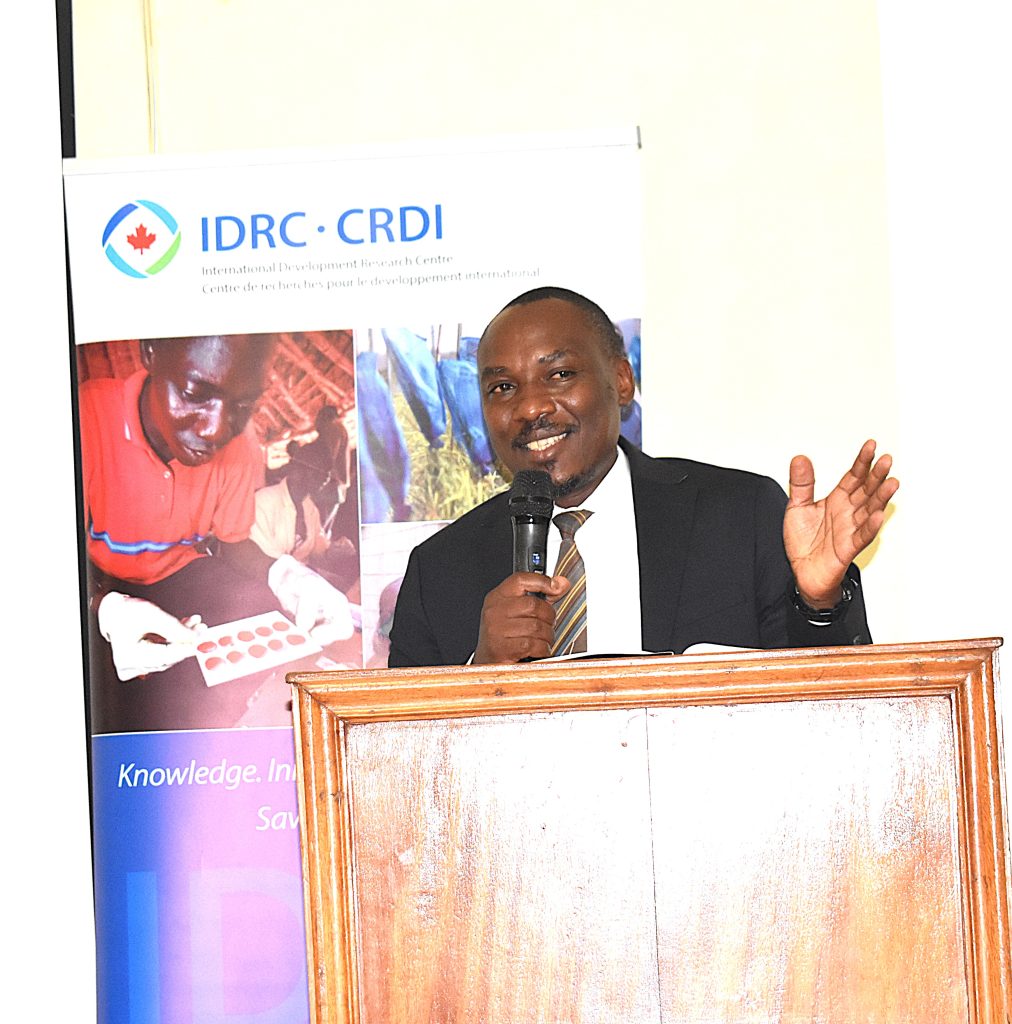
The project is expected to deliver the following outcomes:
- Improved incomes and livelihoods for the marginalized fishing groups, particularly women and youth.
- Better health and nutrition outcomes through the development of diversified, market-embedded fish products.
- Establishment of sustainable fish processing and marketing models that can be replicated across Uganda and the East African region.
- Improved participation of women and youth in decision-making and benefit-sharing within the Small Pelagic Fishes (SPFs) value chain.
- Enhanced socioeconomic conditions and ecosystem health through participatory and scalable approaches.
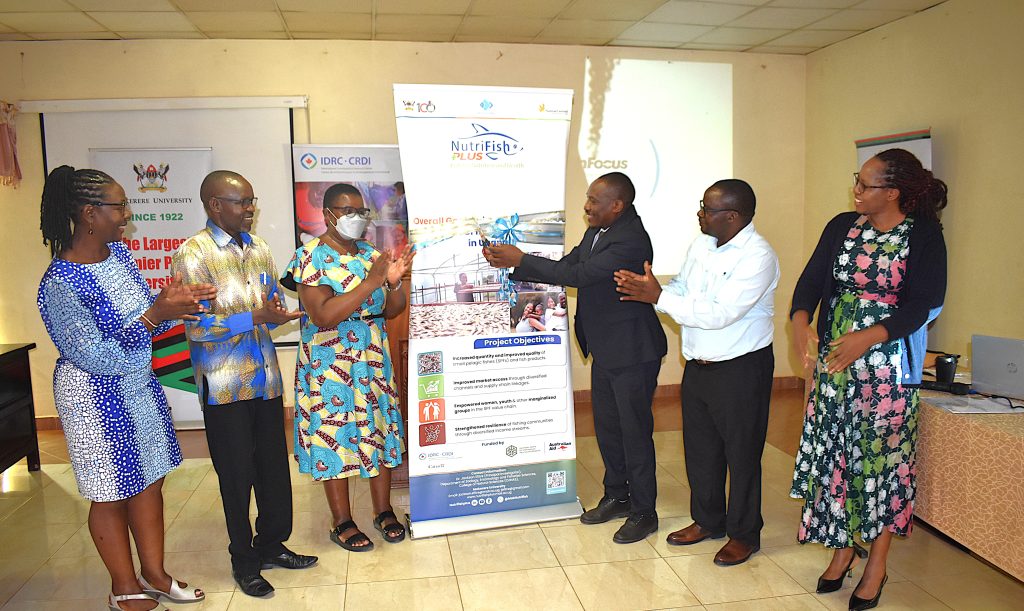
The project will run from September 2025 to March 2028 and will be implemented by the Department of Zoology, Entomology, and Fisheries Sciences at Makerere University, in collaboration with two private companies (Nutreal Ltd and Kati Farms Ltd) under a public-private partnership. Project activities will be carried out at five landing sites around Lakes Victoria, Kyoga and Albert. These include Katosi and Kikondo landing sites in Mukono and Buikwe districts respectively, Bangaladesh and Kayago landing sites in Amolatar District, and Dei landing site in Pakwach District. The project will be coordinated by Dr Jackson Efitre, Senior Lecturer at the Department of Zoology, Entomology, and Fisheries Sciences at Makerere.
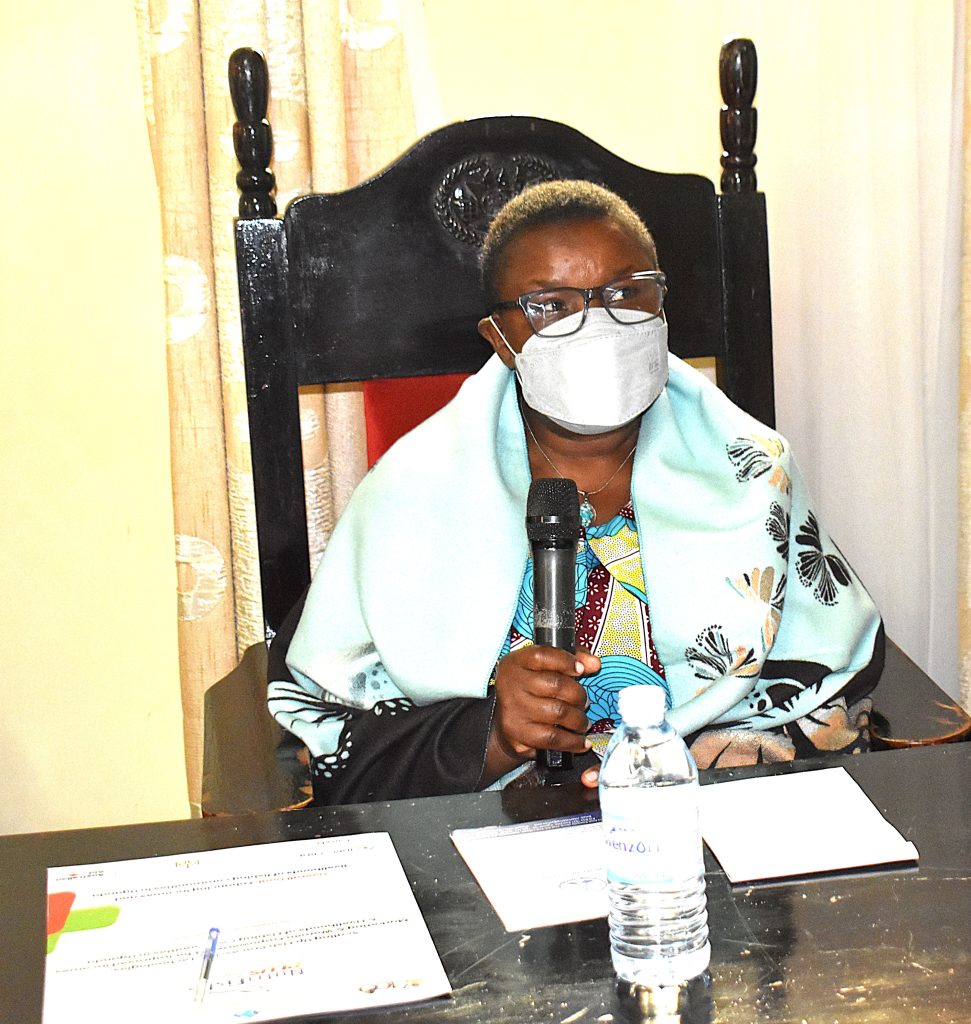
Inception and planning meetings
The NutriFishPlus Project team convened a three-day stakeholder engagement from 28th to 30th October 2025 to officially launch the project and collaboratively develop an implementation plan.
The workshop brought together a wide range of participants, including government representatives, researchers, private sector actors, and development partners. The primary objective was to foster a shared understanding of the project’s overarching goals, and design strategic pathways for achieving sustainable scaling and impact.
Discussions focused on deepening understanding of the scaling journey, and the interconnections among the different work packages and their respective pathways to scale. Participants explored how adaptive and transformative approaches can be integrated into the project’s dynamic monitoring, evaluation and learning (MEL) framework.
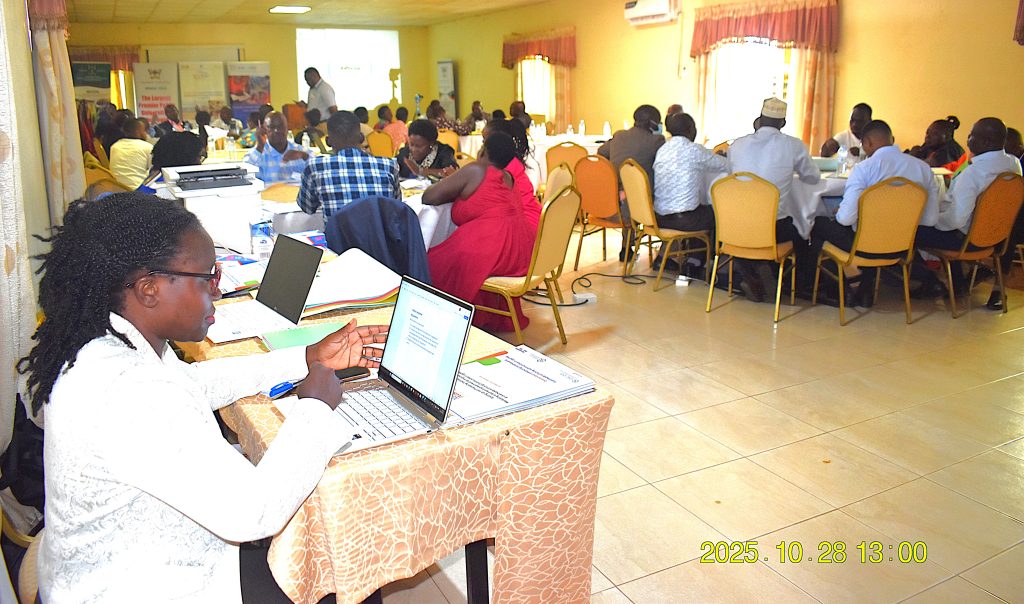
The team also reviewed the existing outputs and outcomes to identify key evidence that can inform adaptive monitoring. Through collaborative dialogue, stakeholders worked to identify appropriate indicators and progress markers that reflect the project’s adaptive learning and scaling dimensions, ensuring alignment with both the project objectives and national development priorities.
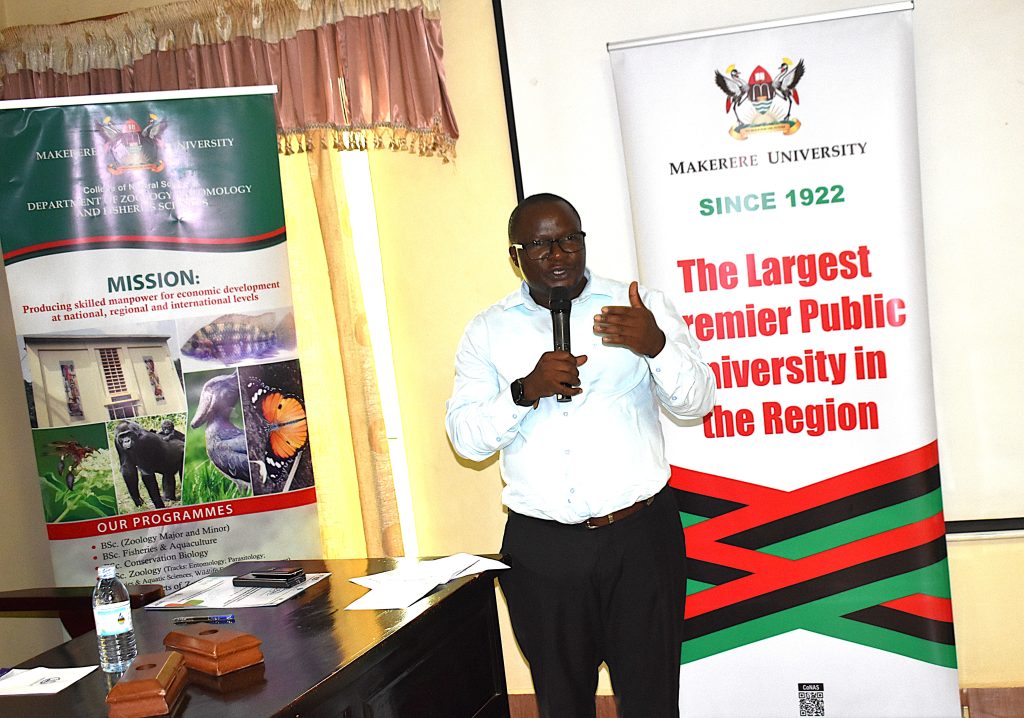
A major outcome of the workshop was the joint development of a detailed implementation plan for the project’s four interlinked work packages, which aim to:
- Enhance nutrition and health outcomes among vulnerable groups through the diversification of fish products and market innovations;
- Promote alternative and resilient livelihoods within small-scale fisheries and related value chains;
- Advance inclusivity and participation of marginalized groups, particularly women and youth in the Small Pelagic Fishes value chain through policy reform, advocacy, and enforcement; and
- Strengthen fish processing technologies and post-harvest management practices to improve food safety, quality, and value addition.
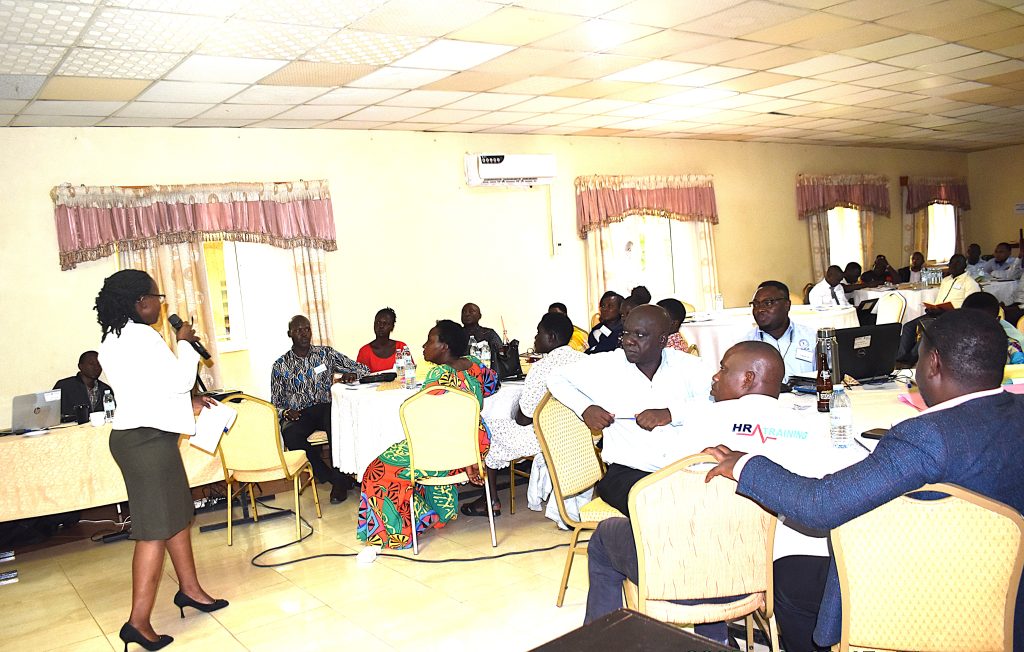
Overall, the inception workshop provided a strong foundation for coordinated implementation of the project, and established a clear roadmap for achieving the NutriFishPlus vision of improving nutrition, livelihoods, and sustainability through fisheries-based innovations.
Remarks by the University officials and development partners
Addressing the participants, the Guest of Honour, Prof. Winston Tumps Ireeta, Deputy Vice Chancellor in charge of Finance and Administration at Makerere University, commended the project team for the achievement. He also expressed gratitude to the project funders – the International Development Research Centre (IDRC) and the Australian Centre for International Agricultural Research (ACIAR) – for their steadfast support and dedication to improving the livelihoods of fishing communities in Uganda. “The NutriFishPlus project highlights Makerere University’s commitment to being a research-driven institution,” he said. “It also strengthens the University’s leadership in translating research into tangible, real-world outcomes that drive sustainable development and enhance public health.” On behalf of Makerere University Management, Prof. Ireeta assured continued support for the successful implementation of the project.
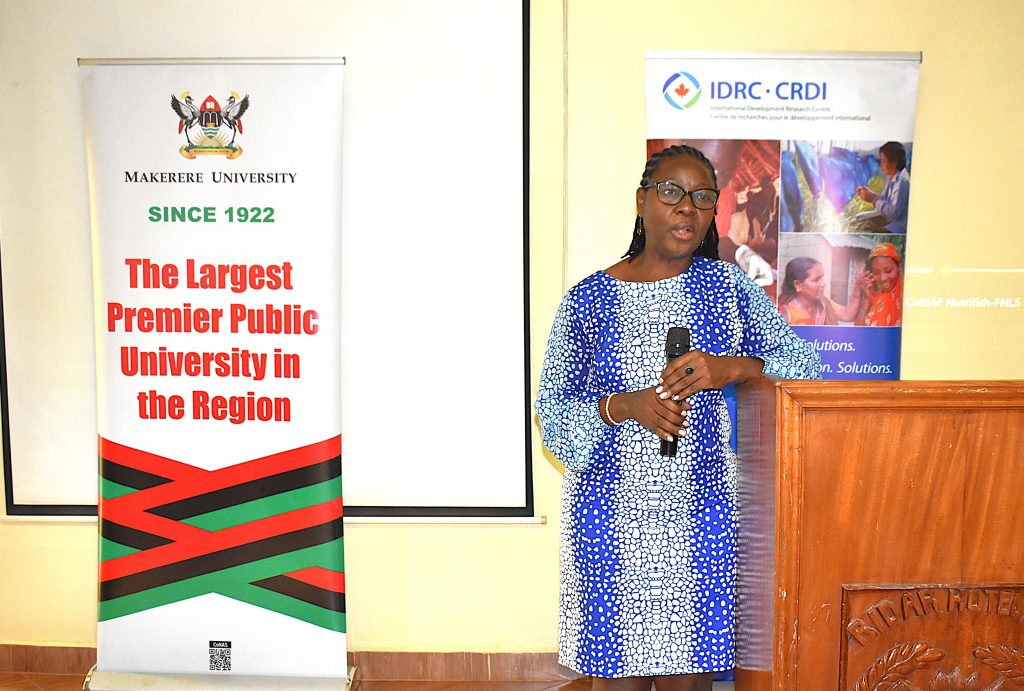
Dr. Edidah Lubega Ampaire, Senior Programme Specialist at the International Development Research Centre (IDRC), congratulated the project team upon securing the second grant. She emphasized that the IDRC is committed to supporting applied research that delivers tangible benefits to communities, noting that the team had demonstrated this through their success with the NutriFish project. “The IDRC invests in research that has the potential to transform livelihoods,” Dr. Ampaire said. “We look forward to seeing how the NutriFishPlus Project will build upon the achievements of the previous phase to scale up impact beyond the pilot phase. It is equally important that the project contributes to fostering meaningful policy reforms and strengthening enforcement mechanisms to ensure long-term, sustainable outcomes.”
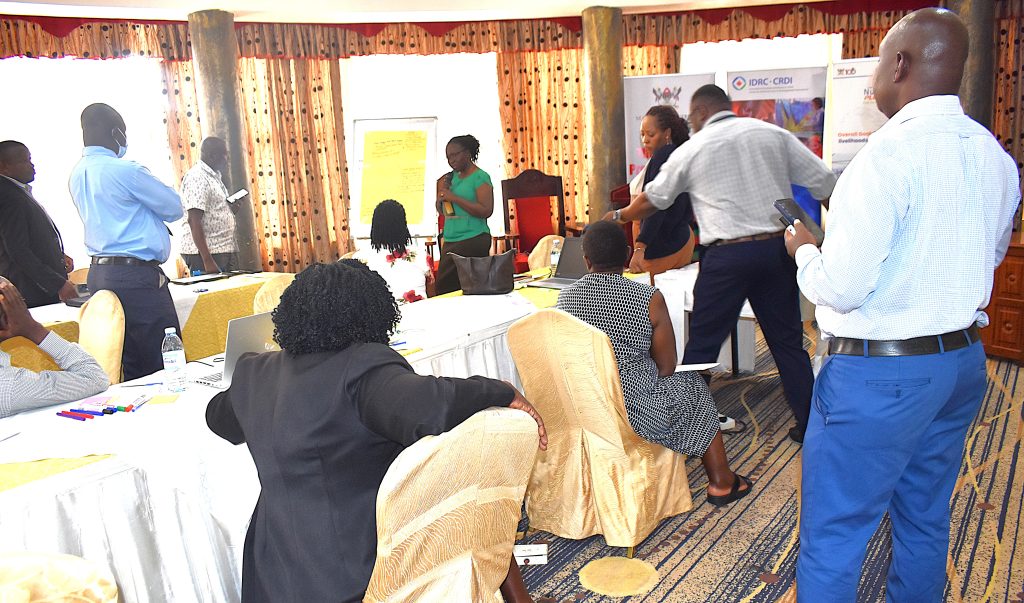
During the session, Ms. Dena Lomofsky, an experienced researcher and MEL expert, guided participants through the key components of scaling science. Her presentation explored the theoretical foundations, guiding principles, and strategic approaches required to transform research findings into scalable and sustainable solutions.
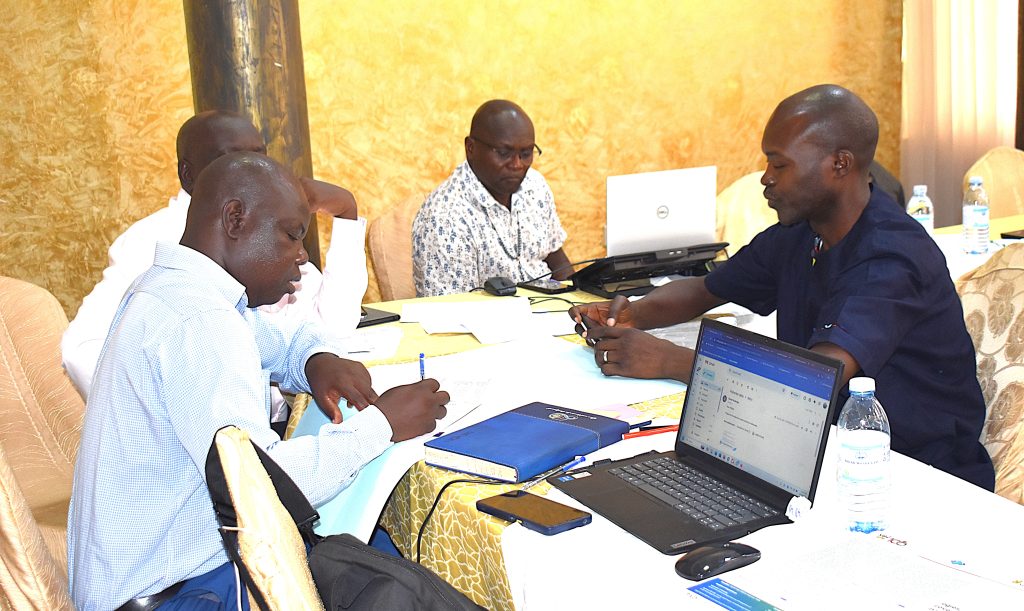
Briefing participants on their activities, Dr. Dorothy Nakimbugwe from Nutreal Ltd, a private company collaborating with the NutriFishPlus Project, underscored the crucial role of private sector involvement in research initiatives. She emphasized that engaging private enterprises not only enhances the practical application of research outcomes but also plays a pivotal role in scaling innovations and maximizing their impact.
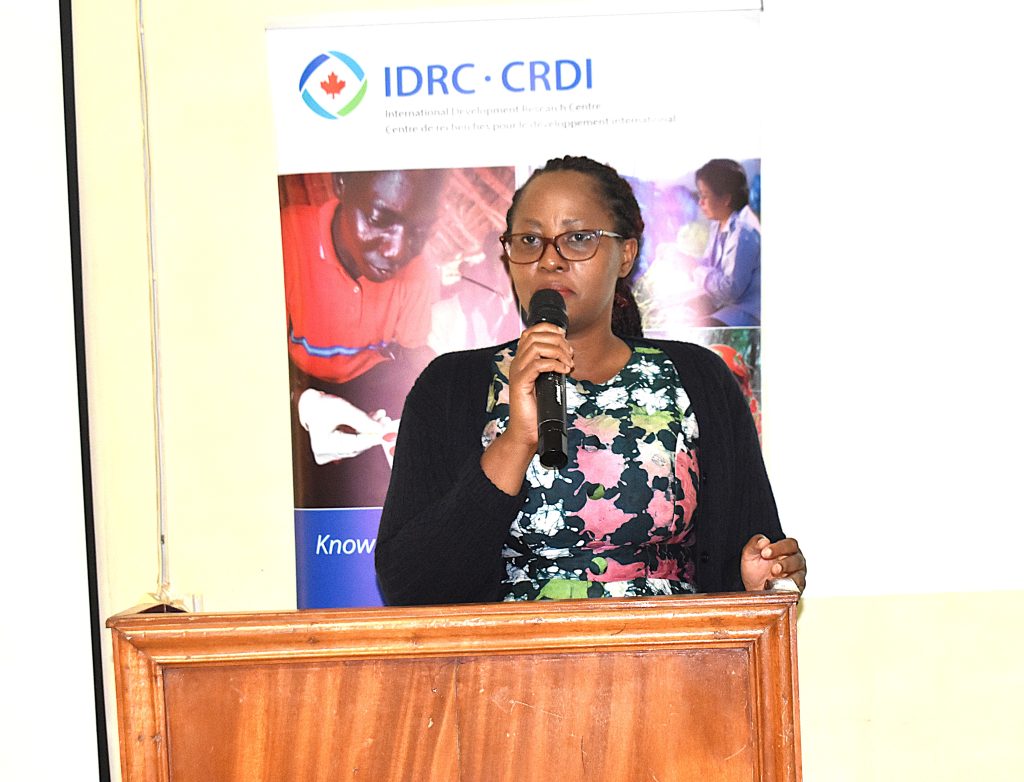
Ms. Lovin Kobusingye of Kati Farms Ltd expressed gratitude to the project team and funders for the initiative. “At Kati Farms, we are truly honored to be part of this journey. Our passion has always been to transform Uganda’s fisheries sector through value addition, innovation, and inclusive growth. The NutriFishPlus Project aligns perfectly with this mission, as it aims to improve the incomes and livelihoods of fishing communities through diverse interventions. As Kati Farms, our commitment is to ensure that the products developed under this project meet the highest quality standards and reach both local and international markets. Together, as partners, let us move forward with a shared vision, to make NutriFishPlus not just a research project, but a transformative movement that uplifts fishing communities, enhances nutrition, and promotes gender equality within and beyond our borders.”
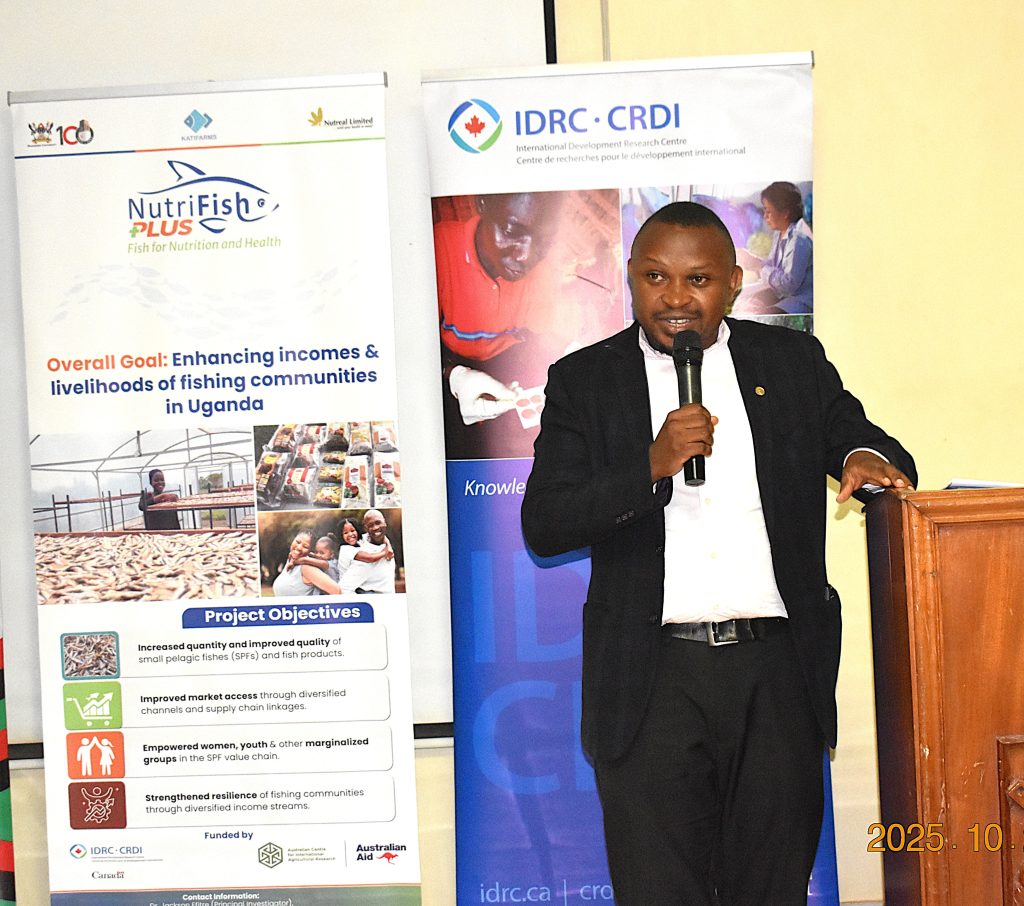
Mr. Isaac Kirabira from the Ministry of Agriculture, Animal Industry, and Fisheries expressed the Ministry’s commitment to supporting the project, emphasizing that empowering women, youth, and other vulnerable groups is essential not only for improving livelihoods but also for restoring dignity.
In his remarks, Dr. Godfrey Kawooya Kubiriza, Head of the Department of Zoology, Entomology, and Fisheries Sciences at Makerere University, equally appreciated the project team and the funders. “Our Department is proud to contribute to the NutriFishPlus Project. Initiatives of this nature provide a valuable platform for translating our research into practical solutions that reach communities, thereby creating meaningful and tangible impact.”
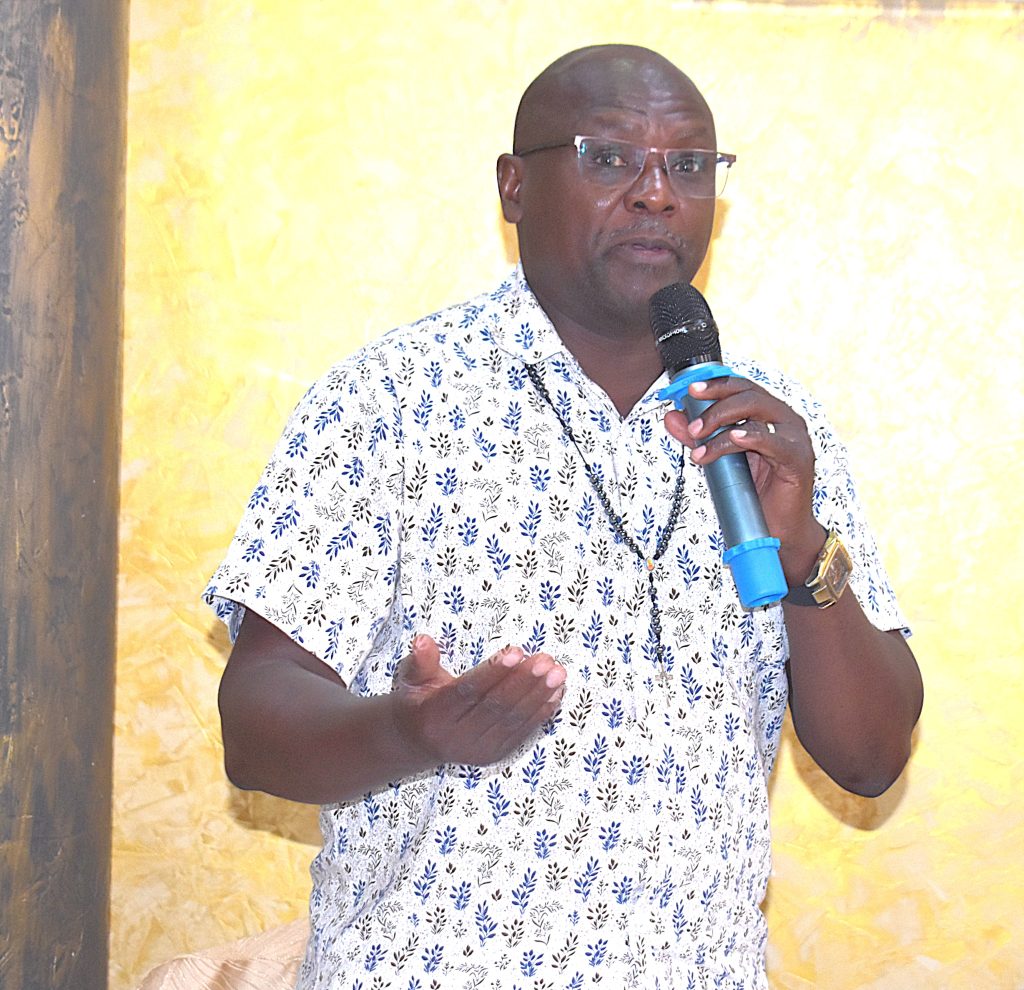
Achievements registered during Phase One
The achievements included:
- Establishing group savings schemes to improve access to capital by women and youth;
- Piloting solar tent dryers for processing silver fish (mukene), resulting in doubling of women’s incomes and tripling of the shelf-life to almost five months;
- Developing and test-marketing certified, nutrient-enriched fish products, including baby food, sauce and fortified maize meal;
- Conducting comprehensive social and behavioural change interventions, leading to increased women’s participation in profitable ventures and 30% reduction in domestic violence in intervention areas.
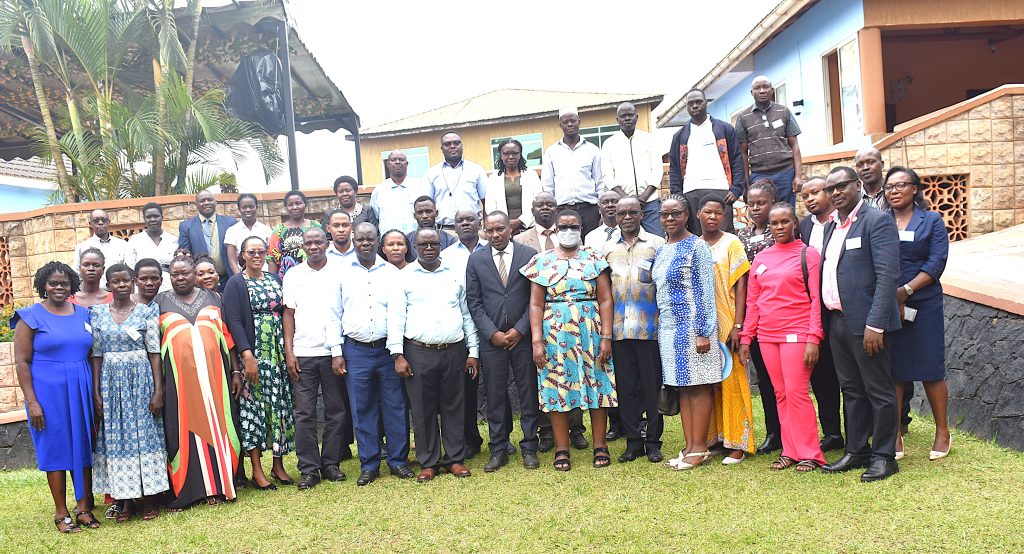
Link to the workshop pictorial: https://drive.google.com/drive/folders/1Wwd9kSsKpd6aZ6YrFL1uVveh2BSG36cV?usp=sharing
Natural Sciences
Mak-CoNAS Wins CAD 0.8 Million Grant to Scale-up Fish Processing Technologies & Empower Women in Uganda
Published
1 month agoon
October 27, 2025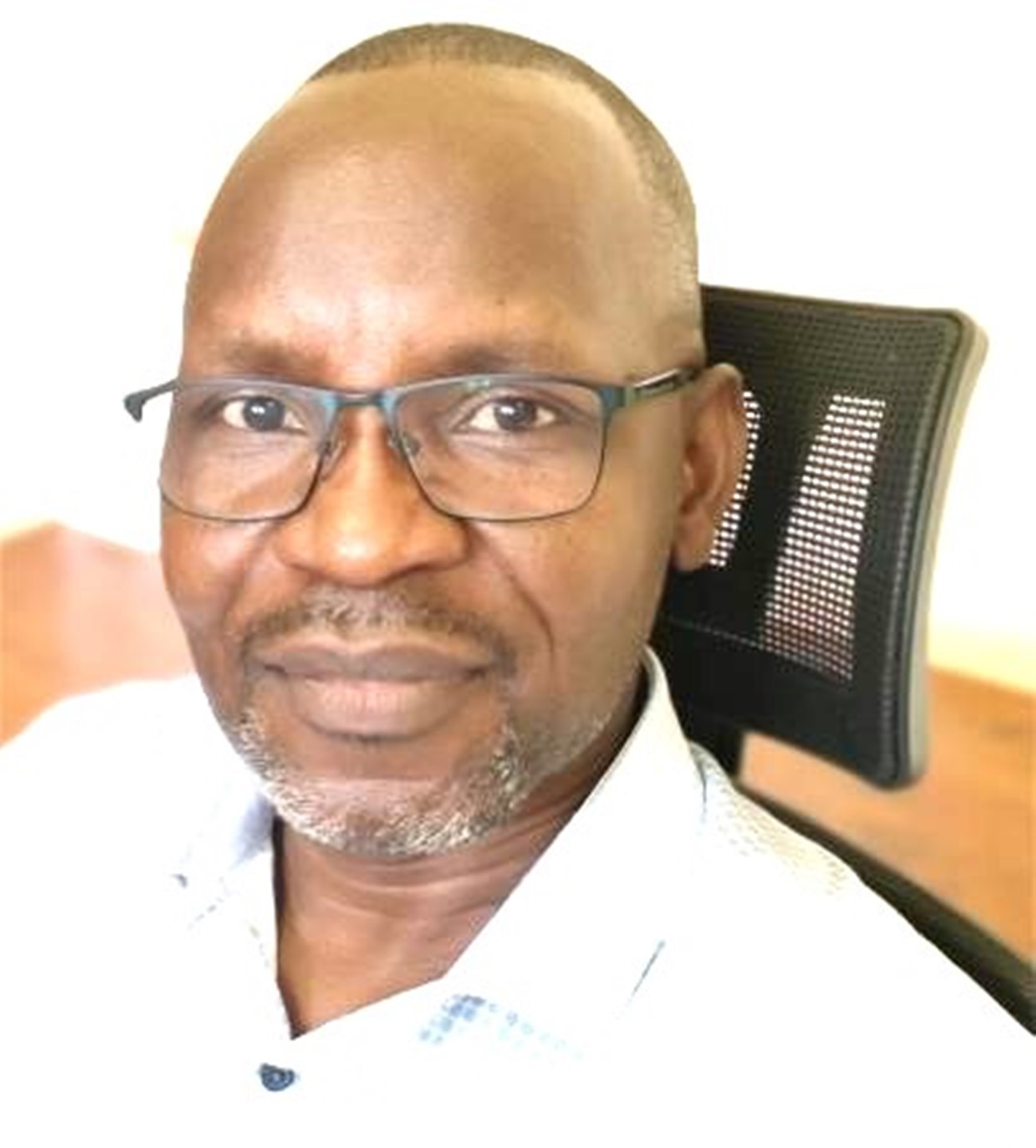
The College of Natural Sciences (CoNAS) at Makerere University has been awarded a highly competitive research grant worth CAD 0.8 million to implement the “NutriFishPLUS” project, which aims to scale up innovative fish processing technologies, improve market access, and empower women in Uganda’s fishing communities to boost incomes and livelihoods.
This project builds on the significant achievements of the previous ground-breaking NutriFish project (2019–2023), funded by the International Development Research Centre (IDRC) and the Australian Centre for International Agricultural Research (ACIAR) through the Cultivate Africa’s Future Fund Phase (CultiAF2). The achievements included: 1) establishing group savings schemes to improve access to capital by women and youth; 2) piloting solar tent dryers for processing silverfish (mukene), resulting in doubling of women’s incomes and tripling of the shelf-life to almost five months; 3) developing and test-marketing certified, nutrient enriched fish products, including baby food, sauce and fortified maize meal; 4) conducting comprehensive social and behavioural change interventions, leading to increased women’s participation in profitable ventures and 30% reduction in domestic violence in intervention areas. Despite these achievements, gaps still remain with regard to increasing production of high-quality Small Pelagic Fishes (SPFs) through adoption of solar tent dryers and raised drying racks; enhancing capacity of men, women and the youth in processing, packaging, branding and marketing; improving access to capital and lucrative markets for fish and fish products; and empowering women, youth and other marginalized groups in the small fish value chain; and strengthening resilience of fishing communities through diversified income streams.
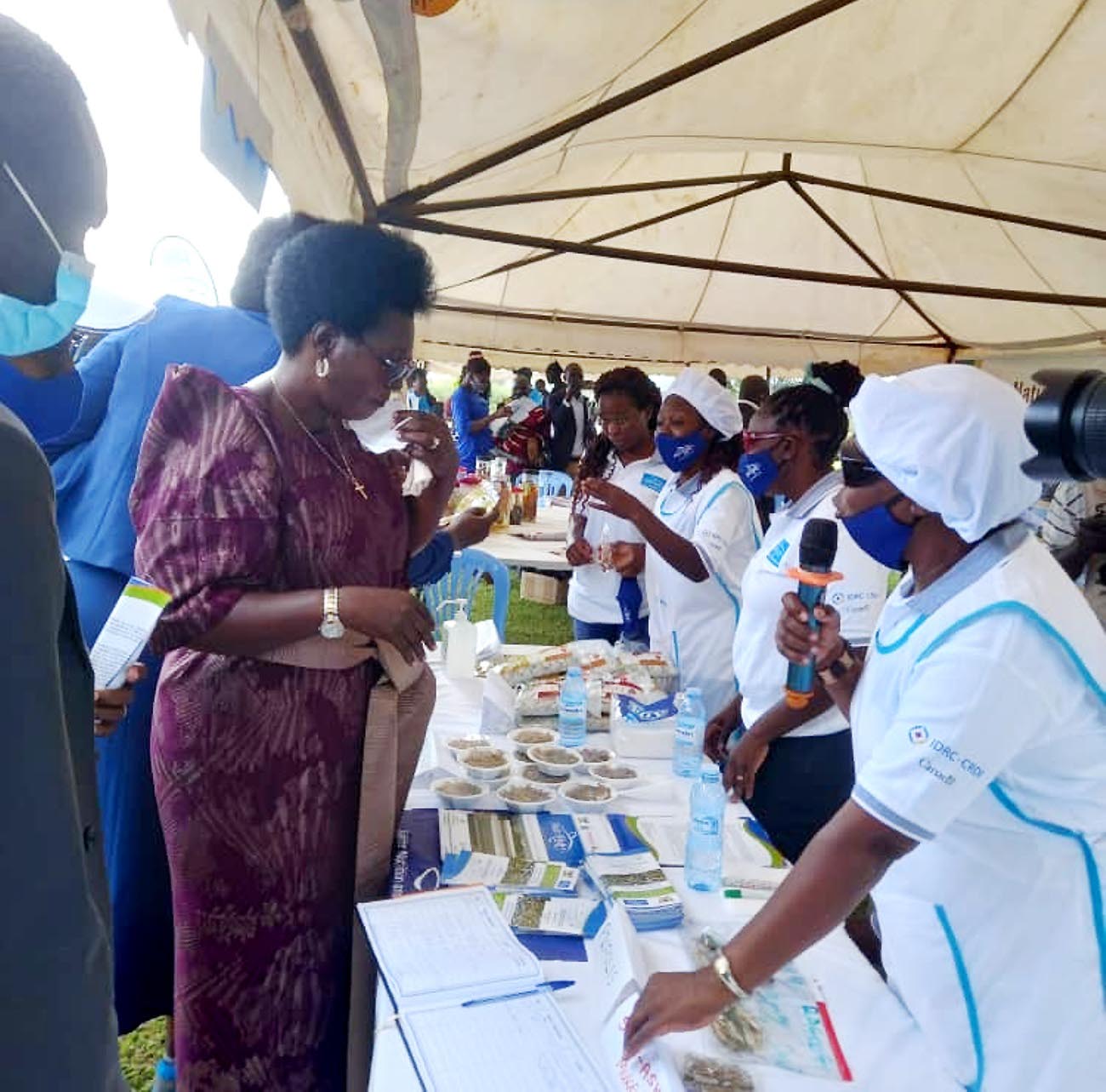
NutriFishPLUS will be implemented by the Department of Zoology, Entomology and Fisheries Sciences, CoNAS, in collaboration with two private companies (Kati Farms and Nutreal) through a public-private partnership. The Principal Investigator is Dr. Jackson Efitre and his team will focus on scaling-up the use of improved, sustainable fish processing technologies such as the solar Tent dryers and raised racks to new communities across Uganda; enhancing market access and supply chain linkages for high-quality fish and fish products; as well as deepening women’s empowerment and strengthening the resilience of fishing communities through diversified income streams. The project is expected to run for September 2025- March 2028. The expected outcomes include: enhanced incomes and livelihoods for marginalized fishing groups, particularly women and youth; improved health and nutrition for vulnerable groups through diversification of fish products that are embedded in the market with strong supply chain linkages; sustainable fish processing and marketing models that can be scaled across Uganda and the East African region; improved women and youth participation in decision making and control of benefits in the SPF value chains; and improved socioeconomic conditions and ecosystem health through participatory, scalable approaches.
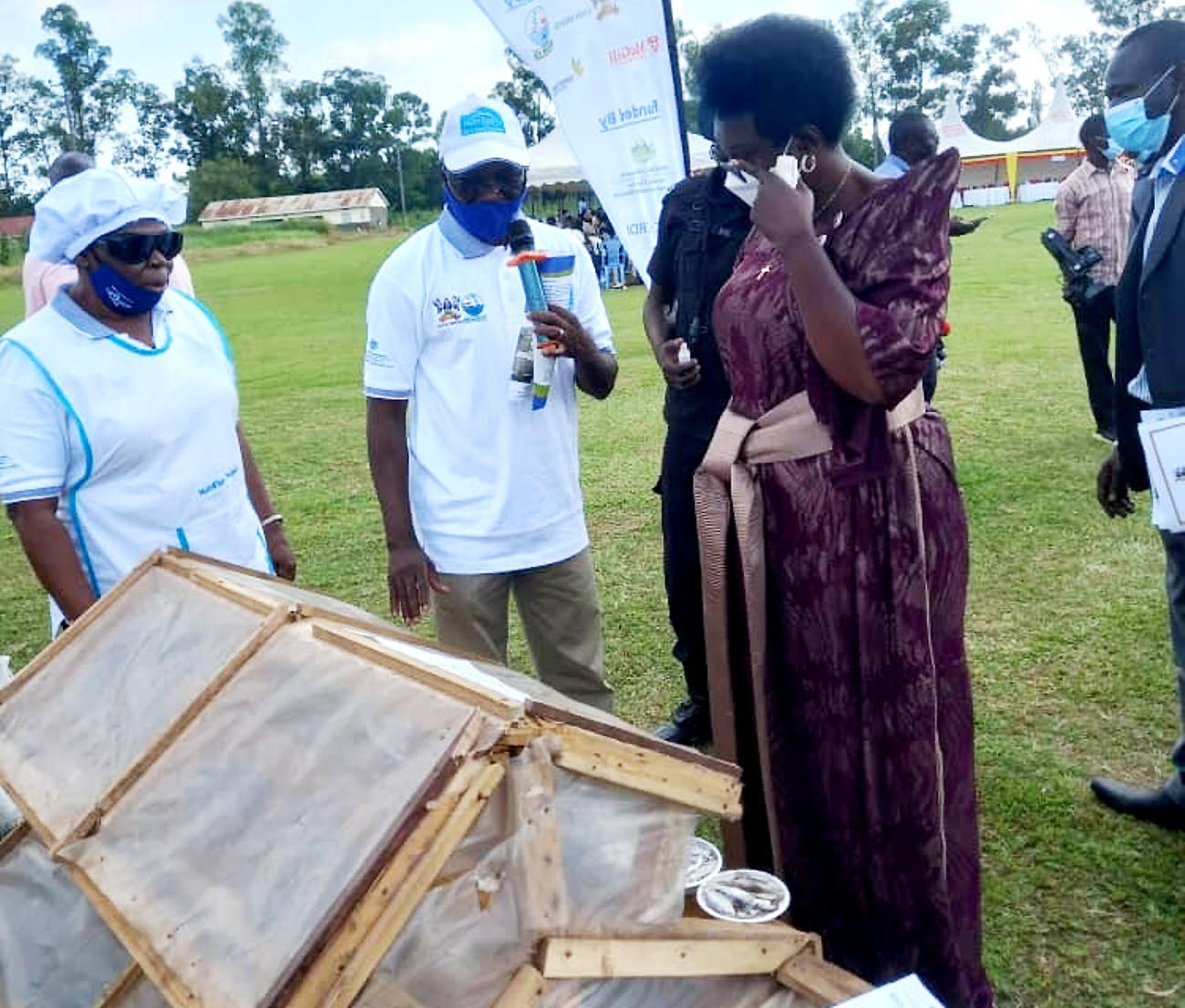
“Winning this competitive grant is an incredible opportunity for the team to solidify the achievements of the first phase as the funding enables us to move beyond research to embed these nutritional and technological solutions into the livelihoods of local communities,” said Dr. Efitre. “I am privileged to lead this impactful work on behalf of Makerere University. Scaling up these tested, climate-responsive technologies as well as empowering the women and youth will secure better nutrition and more sustainable livelihoods across fishing communities in Uganda.”
The project is set to be launched tomorrow, Tuesday, 28th October 2025 by the Acting Deputy Vice Chancellor, Finance and Administration and Principal, CoNAS, Prof. Winston Tumps Ireeta.
Please see below for details on the project.
Details on the previous project: https://news.mak.ac.ug/2023/03/nutrifish-project-registers-significant-achievements/
Agriculture & Environment
Ugandan Local Government Officials Trained on Environmental Valuation, Accounting, and Climate Resilience
Published
2 months agoon
September 22, 2025By
Jane Anyango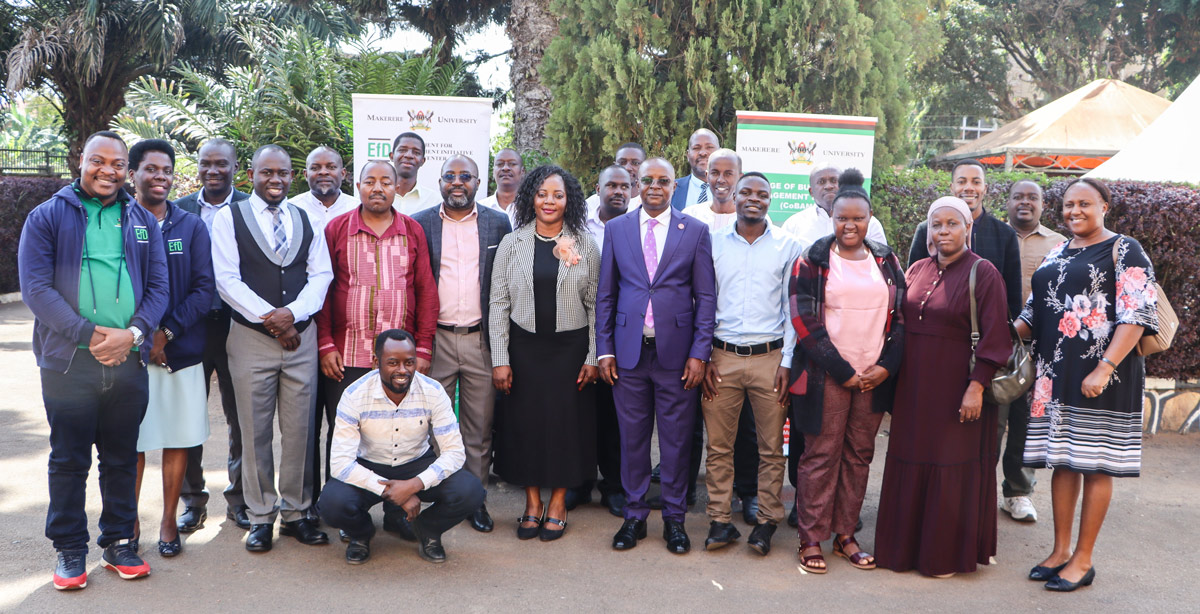
Entebbe, Uganda – September 19, 2025
More than 20 local government officials from Kampala Capital City Authority (KCCA), Entebbe Municipality, and the districts of Wakiso, Mukono, and Mpigi have concluded a two-day intensive training on Environmental Valuation, Accounting, Evaluation, and Climate Change Mitigation and Adaptation.
Held at Central Inn Hotel in Entebbe from September 18–19, the workshop was organized by the Environment for Development (EfD) Makerere University Centre and funded by the Makerere University Research and Innovation Fund (Mak-RIF). The objective was to build local capacity in environmental governance and integrate natural capital and climate risks into local development planning.
The training was facilitated by Dr. Aisha Nanyiti, Dr. John Sseruyange, Dr. Peter Babyenda and Dr. Nick Kilimani- all from Makerere University.
Natural Resources Must Be Valued and Protected
Opening the workshop, Prof. Edward Bbaale, Director of the EfD-Mak Centre and Principal Investigator of the project, described the training as timely, given Uganda’s growing environmental and climate challenges.
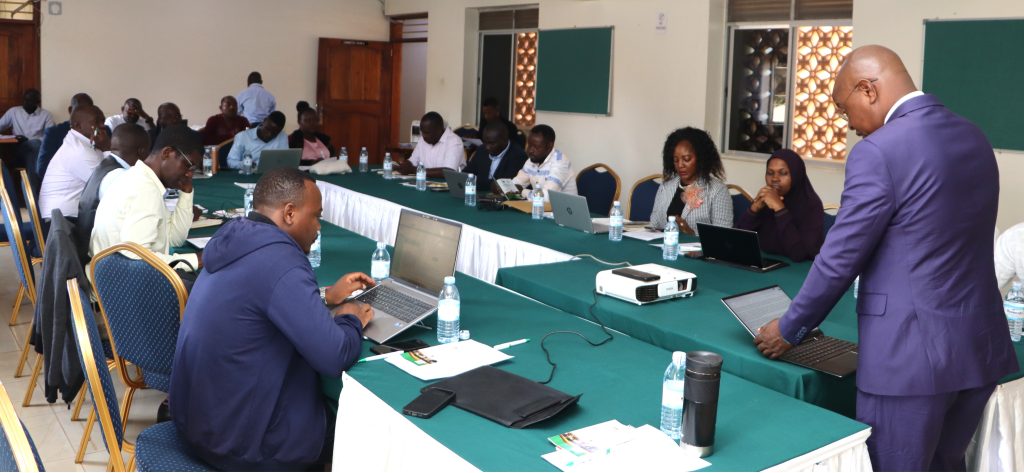
“Uganda is already experiencing the adverse effects of climate variability—on agriculture, health, water resources, and the economy,” Prof. Bbaale noted. “This training empowers our environmental officers to use economic evidence to defend natural resources against competing land uses.”
He emphasized the need to monetize ecosystem services like wetlands, forests, and biodiversity to inform land-use decisions.
“A forest cleared for sugarcane may appear to create jobs, but when you account for its carbon sequestration, rainfall formation, and tourism potential, its long-term value far outweighs the short-term economic gains.”
Prof. Bbaale also urged that natural capital be included in Uganda’s national accounting systems to achieve sustainable and equitable development.
He thanked local government leadership for releasing their staff for the training and praised the collaboration between academia and government.
“You are not just trainees — you are future champions of environmental stewardship in your districts,” he told the participants.
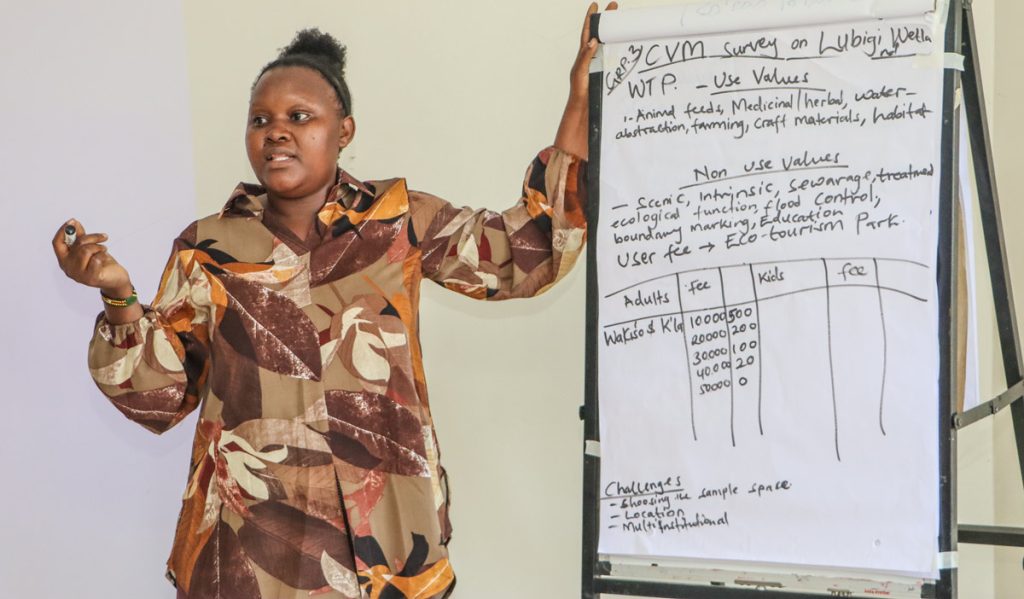
Environmental Degradation Threatens Public Health
Representing the Chairperson of Mak-RIF, Dr. Sabrina Kitaka underscored the public health consequences of environmental degradation, linking it to disease outbreaks and natural disasters.
“We have just seen a 14-year-old girl in Lwengo contract Crimean-Congo hemorrhagic fever due to increased human-wildlife contact — a direct result of environmental encroachment,” Dr. Kitaka warned.
She connected rising flash floods, deforestation, and urban sprawl to poor environmental management and called for cross-sectoral awareness of environmental risks.
“This training is not just for environmentalists. Planners, economists, and health professionals must also be equipped with this knowledge,” she said.
Dr. Kitaka applauded the EfD-Mak team for using local experts, not foreign consultants, in delivering the training.
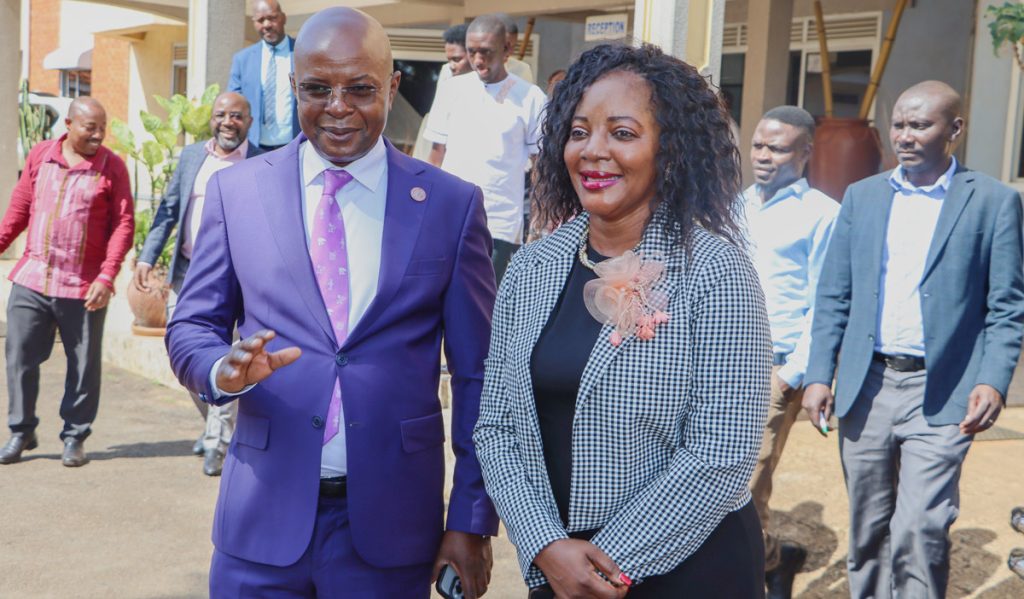
“We must train Ugandans to solve Uganda’s problems. That’s the spirit of Mak-RIF.”
She also revealed that the Government of Uganda has funded over 1,300 research projects through Mak-RIF over the last five years and called for continued investment in locally driven innovation.
“Like Oliver Twist, we ask for more. Science must be funded to help Ugandans solve Ugandan problems.”
Experts Present Practical Tools for Sustainable Planning
Localized Climate Action Is Urgent
Dr. Aisha Nanyiti urged participants to design district-specific climate policies, differentiating between mitigation (addressing the causes) and adaptation (responding to the impacts).
“Climate action begins at the local level. Districts must create context-appropriate bylaws and planning strategies to reduce vulnerability to floods, droughts, and other climate shocks.”
She emphasized that Uganda’s local governments are key to meeting national targets under NDP IV and Vision 2040, and that climate change must be addressed in all sectors — from health to urban planning.
Environmental Evaluation is a Safeguard
Dr. Sseruyange warned that development projects are at risk of failure if environmental assessments are not properly conducted.
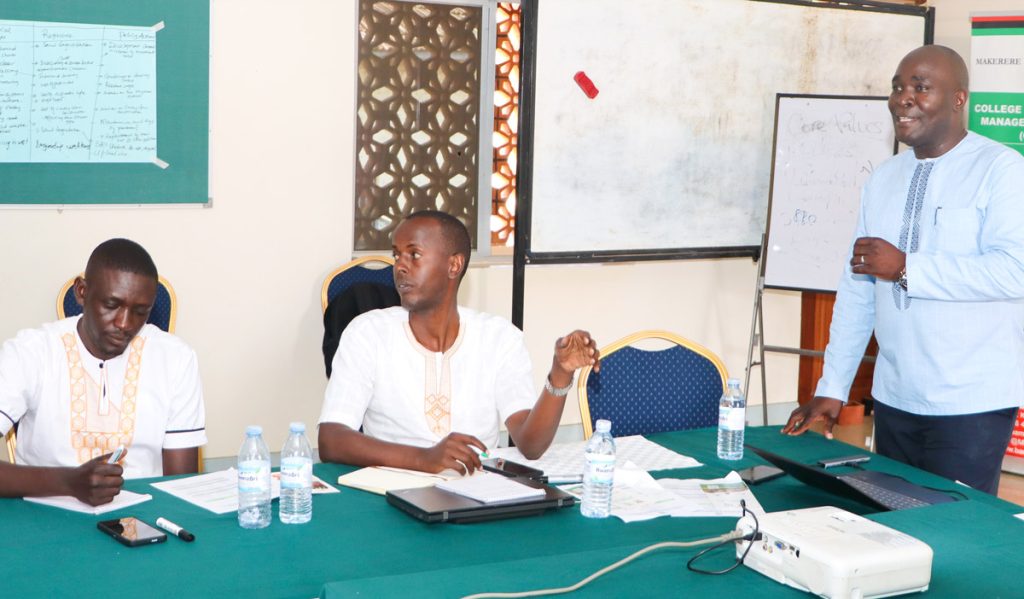
“Roads, schools, and hospitals may be destroyed by floods or landslides if we ignore the environment. Planning must consider both the impact on nature and the reverse impact from degraded ecosystems.”
He called on local environmental officers to assert their roles in safeguarding both the environment and infrastructure investment.
“Neglecting environmental oversight may undo everything we build.”
What is Not Valued is Easily Destroyed
Dr. Peter Babyenda introduced participants to valuation tools like Contingent Valuation Method (CVM) and the Travel Cost Method, which help quantify the economic value of forests, wetlands, and biodiversity.
“These tools inform cost–benefit analysis, budgeting, and resource allocation. If we don’t value our natural assets, we risk losing them permanently.”
He stressed that environmental protection is not only an ecological issue, but also an economic, social, and political matter. He encouraged integration of valuation results into budgeting and planning under frameworks like the National Environment Act (2019).
Local Officials Call for Continued Engagement
Ibrahim Muwanguzi, Environmental Officer from Wakiso District, praised the training as a vital step toward mainstreaming environmental valuation into local and national development processes.
“Most government officials focus solely on economic returns, ignoring the critical but intangible value of natural resources,” he said.
He cited a recent case during Mpigi Expressway construction where a culturally significant tree sparked debate over its monetary value — from UGX 100,000 to UGX 100 million — due to lack of valuation standards.
“If services like flood control were quantified in shillings, it would help justify preservation of wetlands and forests,” he noted.
Muwanguzi also emphasized the need for environmental economists in government roles, urging stronger collaboration between academia and policy.
“We have graduates in natural resource economics. Let’s integrate them into our public service.”
Let This Not Be the Last
Tonny Mwidyeki, District Natural Resources Officer for Mpigi, delivered the vote of thanks on behalf of all trainees, emphasizing the long gap since the last such training.
“For many of us, it’s been years since we had a refresher like this. If we continue to have such sessions, we will serve our people and protect our environment better.”
He thanked the facilitators from Makerere University for the two-day sensitization and urged that such capacity-building workshops be held more regularly.
“From here, we go back not just informed, but ready to lead change.”
Time to Act is Now
Closing the training, Dr. Sseruyange, speaking on behalf of the EfD-Mak Director, reminded participants that environmental degradation has been decades in the making, and action must no longer be delayed.
“Development depends on the natural world. Let us act now — from our households to our districts — to reverse the damage and secure our future.”
He thanked the participants for their active engagement and promised continued collaboration between Makerere University, local governments, and national stakeholders to promote evidence-based environmental policy.
About EfD-Mak and Mak-RIF
The Environment for Development (EfD) Centre at Makerere University is part of a global network of research institutions focused on environmental economics, coordinated by the University of Gothenburg, Sweden.
The Makerere University Research and Innovation Fund (Mak-RIF) is a Government of Uganda-funded program supporting local research to address national development challenges. Since inception, Mak-RIF has supported over 1,300 research projects across disciplines.
Trending
-

 General1 week ago
General1 week agoIn Honor of the Life and Legacy of Mr. Francis Seletze Ngabirano-A Steady Hand through the Storms
-

 Health7 days ago
Health7 days agoIDI launches the Sewankambo Training Program for Global Health Security in Africa
-
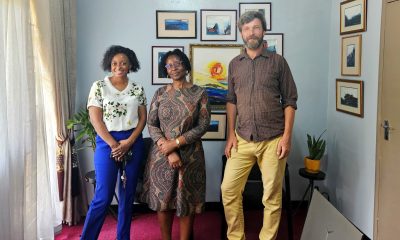
 Engineering, Art & Tech1 week ago
Engineering, Art & Tech1 week agoErasmus Exchange Prof.’s Mak Photo wins Poland National Prize
-

 General1 week ago
General1 week agoMakerere University Hosts Ambassador Judyth Nsababera for Strategic Dialogue Advancing Uganda–China Engagement
-
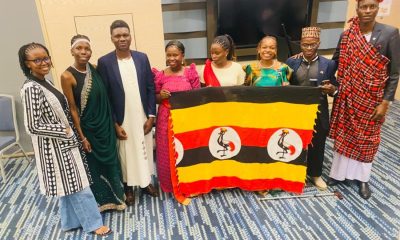
 General1 week ago
General1 week agoMakerere Students share experiences, connections and inspiration at inaugural For Youth, By Youth Conference in Turkey
